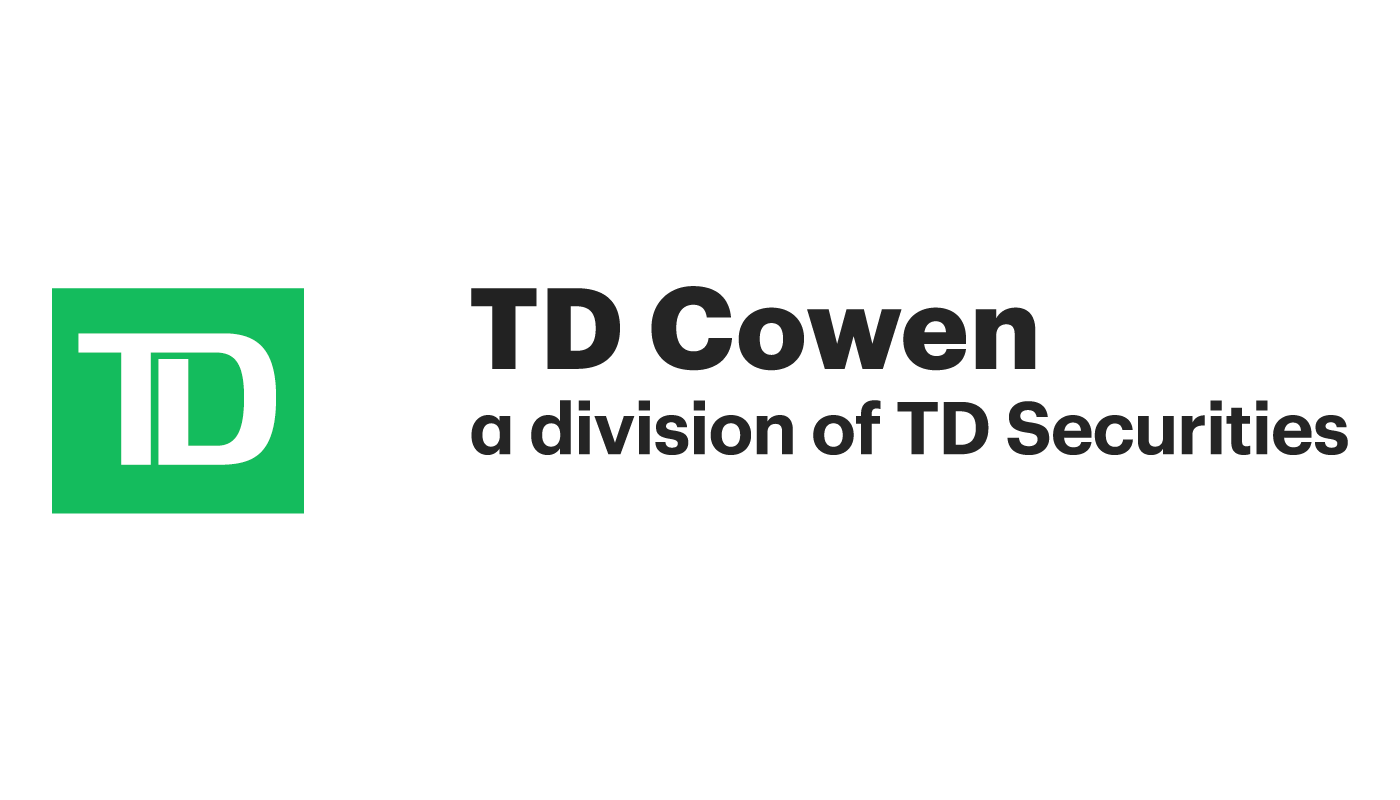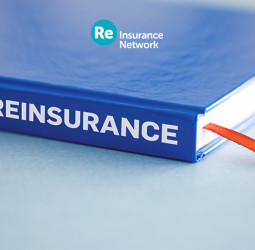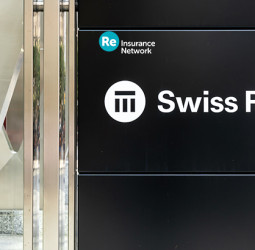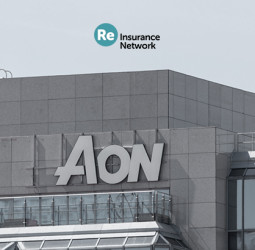After a field trip to Bermuda, analysts from TD Cowen found that discussions with reinsurance and insurance-linked securities (ILS) market participants on the island revealed that property catastrophe rates are under pressure due to retained earnings in the sector and the catastrophe bond and ILS markets.

The analysts noted that the consensus suggests property catastrophe reinsurance rates could experience “further declines” at the January 2025 renewals, with projections indicating rates are likely to remain flat or decrease by as much as 10%. Additionally, the analysts heard that property cat reinsurance rates at mid-year renewals may also see a decline year-on-year.
The main driver of this pressure, according to the analysts, is the weight of capital in the market. This pressure comes from retained earnings in the traditional reinsurance market and from ILS funds that achieved strong returns in 2024. However, the analysts also found that third-party capital has not yet returned in significant amounts, despite recent strong returns across cat bond and ILS strategies.
Positively, the analysts noted that terms and conditions are generally holding steady across property catastrophe reinsurance renewals. “Terms and conditions appear to be holding, especially for private companies that don’t have to report price changes. Private companies prefer to maintain terms and conditions while accepting rate cuts rather than loosening these terms,” the analysts said.
However, the market is not expected to be uniform, with some renewals expected to see rate increases. The TD Cowen analysts mentioned that “For loss-affected cedents, pricing could be as high as 30% or more. Lower layers in the reinsurance tower could also experience price increases.”
Regarding the weight of capital affecting property catastrophe rates, the analysts explained, “Retained earnings have increased the capital supply in the property-catastrophe reinsurance market, with one company estimating approximately $50 billion in retained earnings industry-wide over the past two years. Catastrophe bonds and insurance-linked securities, alternatives to traditional reinsurance, have also driven down pricing.”
The outcome of the mid-year 2025 renewals will depend on what is seen at the January 1st renewals, but further declines are possible, according to the analysts. Positively, for the ILS sector, executives noted that “the ILS pie is big enough for multiple winners,” particularly from the perspective of those managing third-party capital. The analysts also highlighted that companies prefer to diversify their reinsurance panel, driven by climate change and social inflation creating a persistent “protection gap,” which is the difference between the amount of coverage that is economically beneficial and what is actually purchased.
Pricing is also expected to decrease in retrocession, with collateralized writers and general excess capital contributing to excess capacity in this segment. Companies expect retro rates to decline by as much as 10% in 2025, according to TD Cowen analysts.
Also read: Property cat renewal rates seen down 5% – 10%, retro could fall 10% – 20%: BMO analysts.
















Recent Comment
Thank You
Nice Article Brother
Nice blog